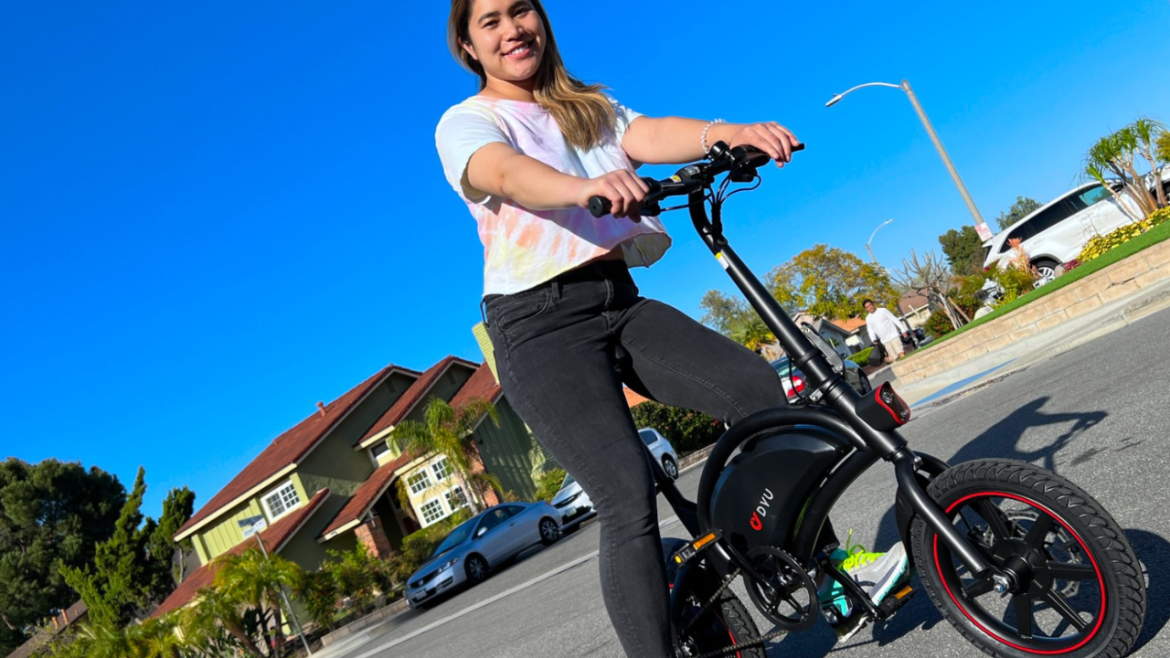Basketball, where players shoot for the stars, and in this cosmic dance, a silent maestro exists, often overlooked yet essential: lighting. Have you ever pondered the intricate tango between light and shadow choreographing those defining moments on the hardwood? In this odyssey, we venture into the enthralling affair between lighting and the game-altering instances that etch themselves into basketball’s chronicles.
Setting the Stage
Crafting Arena Atmosphere
Imagine walking into a basketball arena bathed in soft, inviting luminescence. The palpable crowd fervour, the court drenched in an inviting glow – a meticulously designed ambience that composes the prologue to an entrancing game. This is no accident; it’s a careful overture to the unfolding drama.
Prelude of Pre-Game Brilliance
Before the players grace the court, lighting takes the lead role. The pre-game rituals, the team’s grand entrances, the dramatic court revelation – all meticulously choreographed with lighting as the symphony conductor. It’s a prelude to the opera of basketball that is about to captivate.
Dramatic Moments in the Limelight
Game-Winning Shot: Cinematic Embrace
When the ticking clock and the balance of victory converge, a player steps into the limelight with the game-winning shot. In that heart-thumping moment, lighting scripts the theatre. The player’s silhouette etches against the backdrop, and sweat glistens – all magnified by flawless illumination. It’s the zenith of the spotlight’s dance, transmuting a shot into a cinematic crescendo.
Slam Dunks and Highlight Reels: Spectacle Amplified
The high-flying slam dunks and gravity-defying feats enshrined in highlight reels – it’s a tale of timing and presentation as much as athleticism. Lighting assumes the role of the unsung choreographer, amplifying the theatrics and elevating a great play into an iconic spectacle, eternally enshrined.
The Psychology of Light
Elevating Player Performance
Intriguingly, lighting wields power to mould a player’s performance. The research underscores that artfully crafted lighting can sharpen concentration and ignite energy levels, a performance catalyst when the game teeters on the precipice. Lighting isn’t just aesthetics; it’s a sportsperson’s ally.
Fan Engagement: A Symphony of Emotions
But lighting doesn’t merely cater to athletes; it beckons passionate fans. Dynamic lighting displays, synchronized with on-court action, plunge spectators into a realm transcending the arena’s walls. When the crowd absorbs the energy and emotion, they metamorphose into the metaphorical sixth player, propelling the team to celestial heights.
The Evolution of Basketball Lighting
From Halogen to LEDs: A Radiant Revolution
The odyssey of basketball lighting traverses extraordinary realms. Once bathed in the warm glow of halogen, modern arenas now bask in the brilliance of LEDs. LEDs epitomize superior luminance, fuel efficiency, and dynamic lighting flexibility, redefining the game’s aesthetics.
Smart Lighting Systems: Tailored Grandeur
Contemporary arenas embrace intelligent lighting systems, adaptable to pivotal junctures. Whether it’s a clutch free throw or a dramatic timeout, lighting shape-shifts to accentuate emotional fervour, metamorphosing the viewer’s journey into an indelible saga.
Conclusion: The Unsung MVP’s Encore
As you savor the ballet of basketball, bear in mind the enchantment isn’t confined to the players alone; it extends to the radiant accomplice – lighting. From weaving ambience to elevating player prowess and igniting fan zeal, lighting dons a mantle deeper than meets the eye. So, when you witness a game-altering three-pointer or a jaw-dropping slam dunk, tip your hat to the unsung MVP – lighting, the architect of basketball’s luminous moments. It’s the sixth player, orchestrating basketball’s brilliance.









